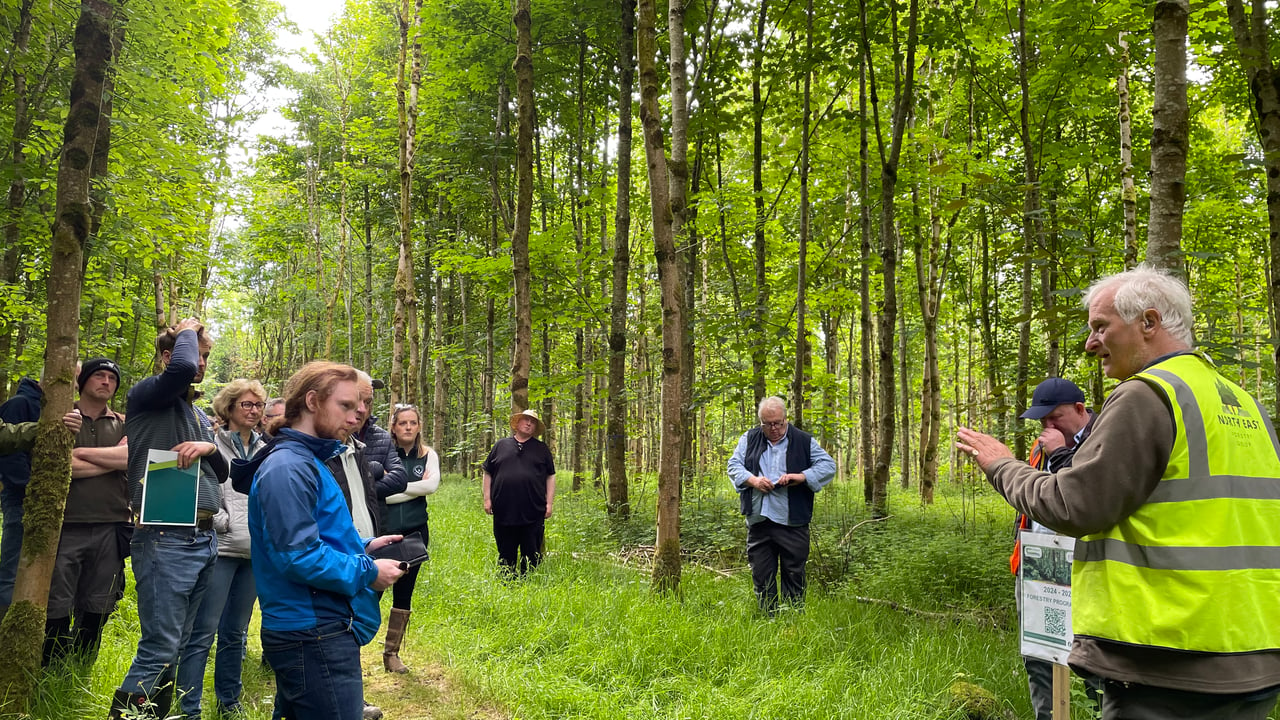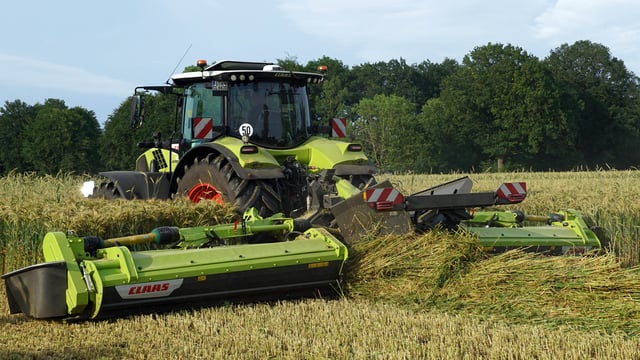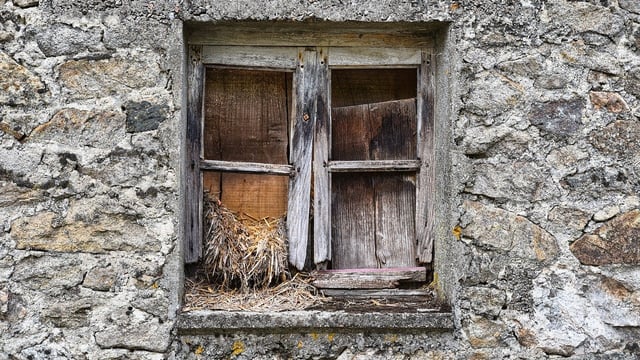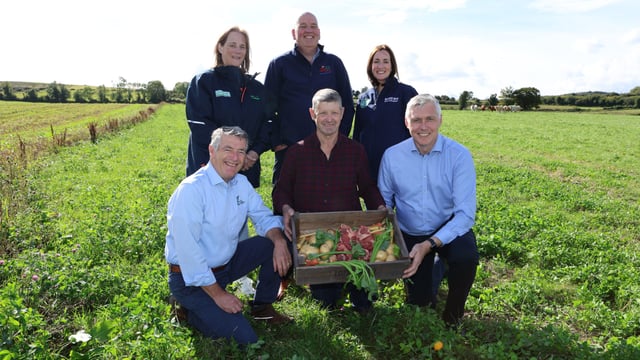Watch: Organic suckler farming in Cavan with a passion for nature
Earlier this month, Teagasc hosted a farm walk on Daphne, Jonathan and Jane Shackleton's Lakeview Organic Farm located in Mullagh, Co. Cavan.
The farm has been organic since 1998 and is extensively managed with traditional grasslands.
60ha of the farm is fully organic and another 12ha is leased and is in its second year of conversion.
The majority of the farm is in permanent pasture with rocky outcrops. Some land is also dedicated to forestry.
According to Jane, land type is suitable for the organic suckler to beef system on the farm.
There are 39 cows going to bulls this year and Jane explained that she works full-time off farm so keeping a simple system is essential.
Speaking at the farm walk, Jane said: "Reducing our impact on the environment is probably one of our main priorities. We're conscious of that in everything we do."
Teagasc's Marianne Mulhall was in attendance at the farm walk and explained the winter housing requirements for organic farms and noted that 50% of the housing must be a solid floor that can be bedded as a lye back area.
The table below outlines space guidelines for winter housing organic cattle:
| Animal | Space (m2) |
|---|---|
| Cow | 6m2 |
| Stock bull | 10m2 |
| Cattle over 500kg | 5m2 |
| Cattle 300-500kg | 4m2 |
| Cattle 100-200kg | 2.5m2 |
| Cattle up to 100kg | 1.5m2 |
The shed on the Shackletons farm has a floor space of 360m2 and is all solid floor with no slatted area. Winter housing space is tight on the farm so some cattle are out-wintered.
The Teagasc advisor explained that organic cattle that are housed must have access to a lyeback at all times and to meet the 50% space requirement, some farmers converting to organics put in a solid concrete slab on one span of slats.
Jane said that bedding the shed "is labour intensive" and explained that she beds the back of the pens and cleans the front area where the cattle feed.
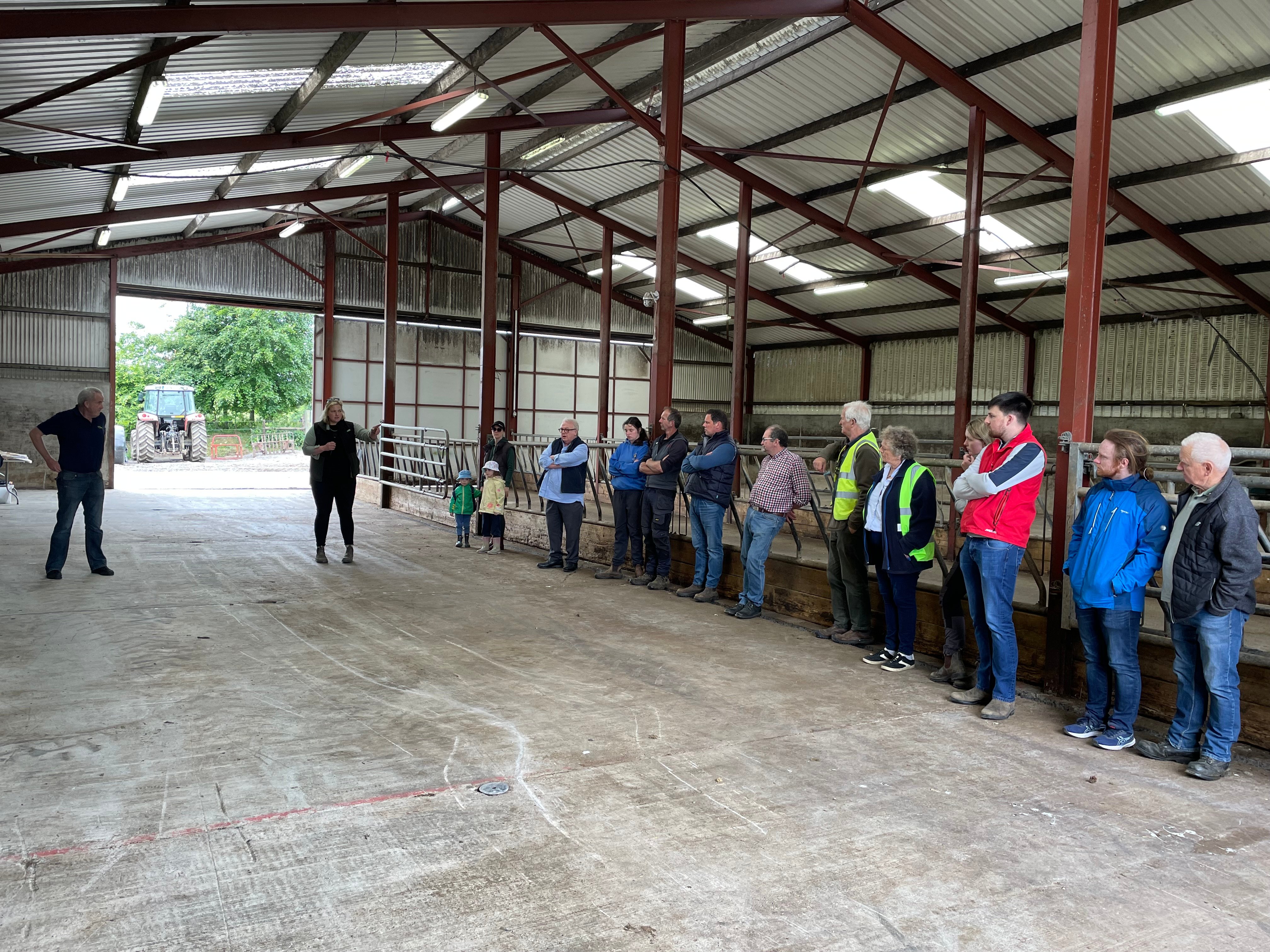
Approximately 110 to 120 bales of straw/year are used for bedding and because of the farms location, sourcing straw is has not been too difficult in the past. Non-organic straw can be used for bedding.
She has considered buying a mechanical straw bedder with the support of a Targeted Agriculture Modernisation Schemes (TAMS) grant.
The Teagasc advisor explained that the maximum stocking rate for organic farmers is 170kg/N/Ha/calendar year which is 2 LU/Ha. The minimum stocking rate is 0.1/LU/ha which is the same as the Areas of Natural Constraints (ANC) minimum stocking rate.
Lakeview Organic Farm's suckler beef enterprise finishes all beef progeny from the suckler herd under 24 months of age.
The cow on the farm has an average mature weight of 650kg and is predominantly Angus with some Stabiliser, Limousin and Belted Galloway cows also.
Breeding takes place by way of Angus and Stabiliser stock bulls.
"We want easy to deal with cattle," Jane said, and noted that heifers on the farm generally calve at 26 months of age.
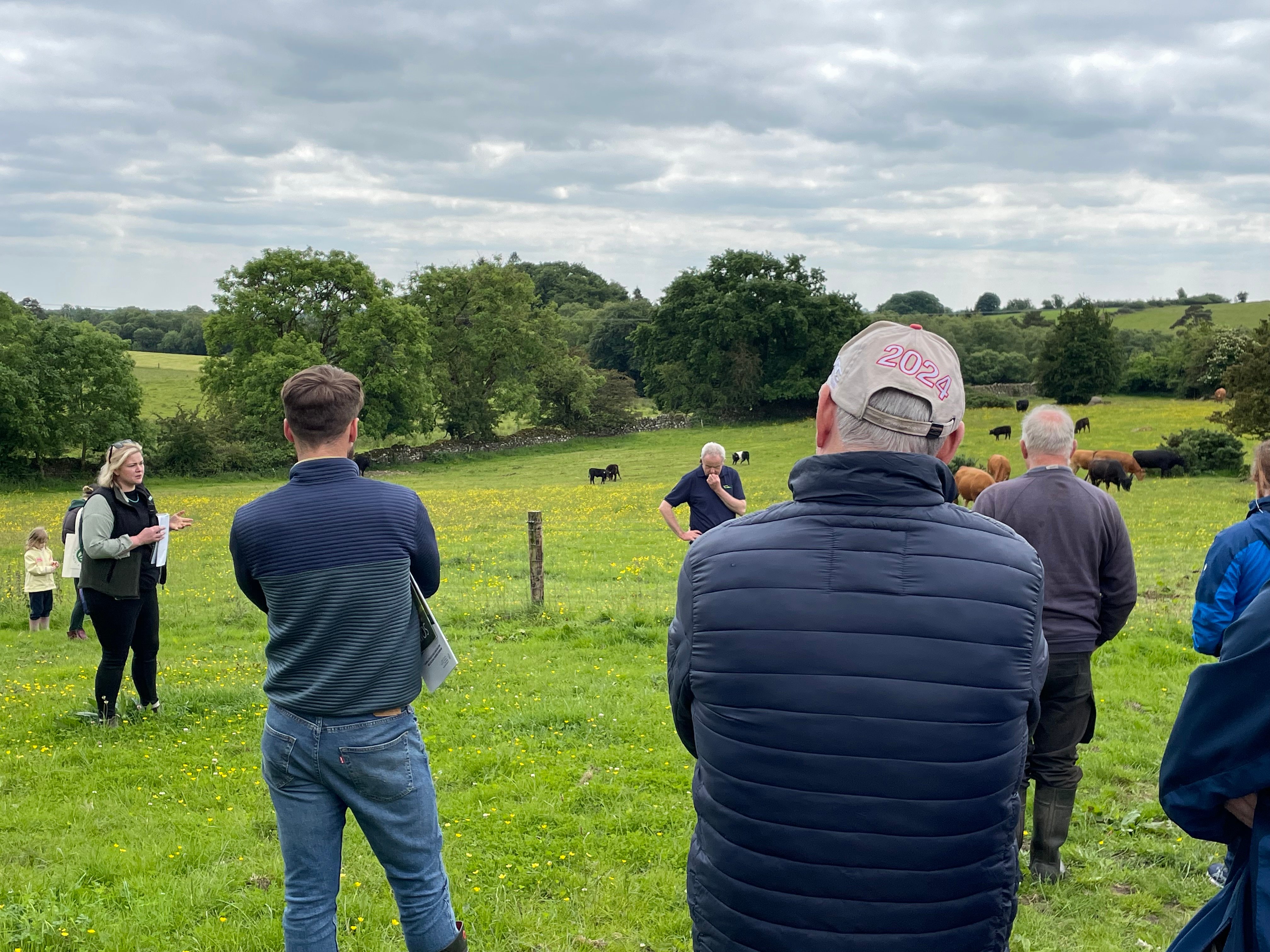
Jane keeps a close eye on herd performance and records weights and live weight gain at regular intervals over the year.
The calves on the farm have an average daily live weight gain (ADG) of 1.27kg/day in their first 200 days across both the heifer and the bull calves.
The herd weaning efficiency is good with a national target of 42%, Jane's herd is achieving 44%, which is impressive performance. The cow calving interval on the farm is 371 days.
In the first winter, weanlings have an ADG of 0.5kg/day which Jane admitted "can be improved on".
She hopes to achieve this through reseeding and producing higher-quality forage for weanlings in their first winter.
No meal is fed to weanlings in their first year and Jane noted that a combi-crop mix could cost over €700/t delivered.
Cattle in their second year have an ADG of 1.2kg/day on average. Jane has considered delaying the slaughter date of her cattle to allow them a third season at grass but to prioritise spring grass for young stock, she has decided not to.
She said that the 24-month slaughter age "is achievable for Angus and the kill-out results are impressive for a low input system".
Her steers have an average carcass grade of R=3+ with an average carcass weight of 335kg. Heifers are slaughtered at a similar age with an average carcass weight of 285kg from the most recent group.
Cattle are sold to ABP Slaney through the Leitrim Organic Co-op. Last winter, the average beef price was €5.90/kg. Jane commented:
"The price of organic beef hasn't gone up like conventional beef has and the price gap has been narrowing."
Her average price per animal this year has been €1,945.
She explained that there is a focus on rotational grazing to minimise worm burdens and adding to this, Matthew McInerney from the Irish Organic Association (IOA) explained the rules around animal health in organics.
He explained that treatments for cattle are monitored more closely in organics but there is no prior approval needed if a sick animal needs to be treated.
He explained that dosing should take place with Faecal Egg Count (FEC) results being used as guidelines and noted that there are double withdrawal periods and that some factories require triple withdrawal periods for animal treatments.
Where disbudding and castration in cattle or tail docking in sheep is taking place, a derogation form is needed.
Interestingly, he outlined that an organic beef farm is allowed to bring in non organic sheep for a period of 180 days/year to help manage grass and control worm burdens.
Attendees on the farm walk were then taken to a traditional hay meadow on the farm that was teaming with insects and different species of wild grasses and flowers.
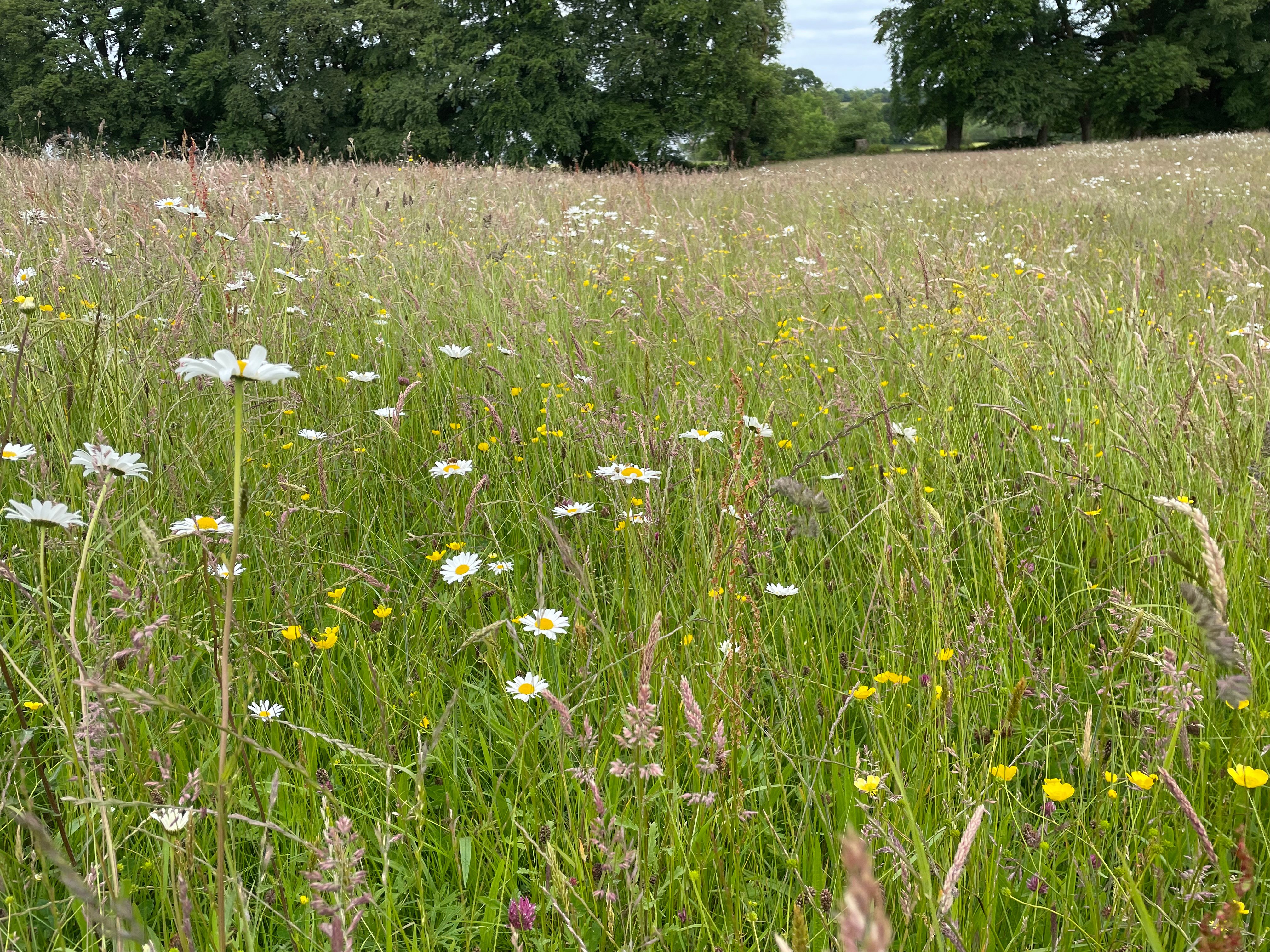
Jonathan, who has a keen interest in all things nature had set a moth trap in the field the previous night and discussed all the native species of moth that were present in the field.
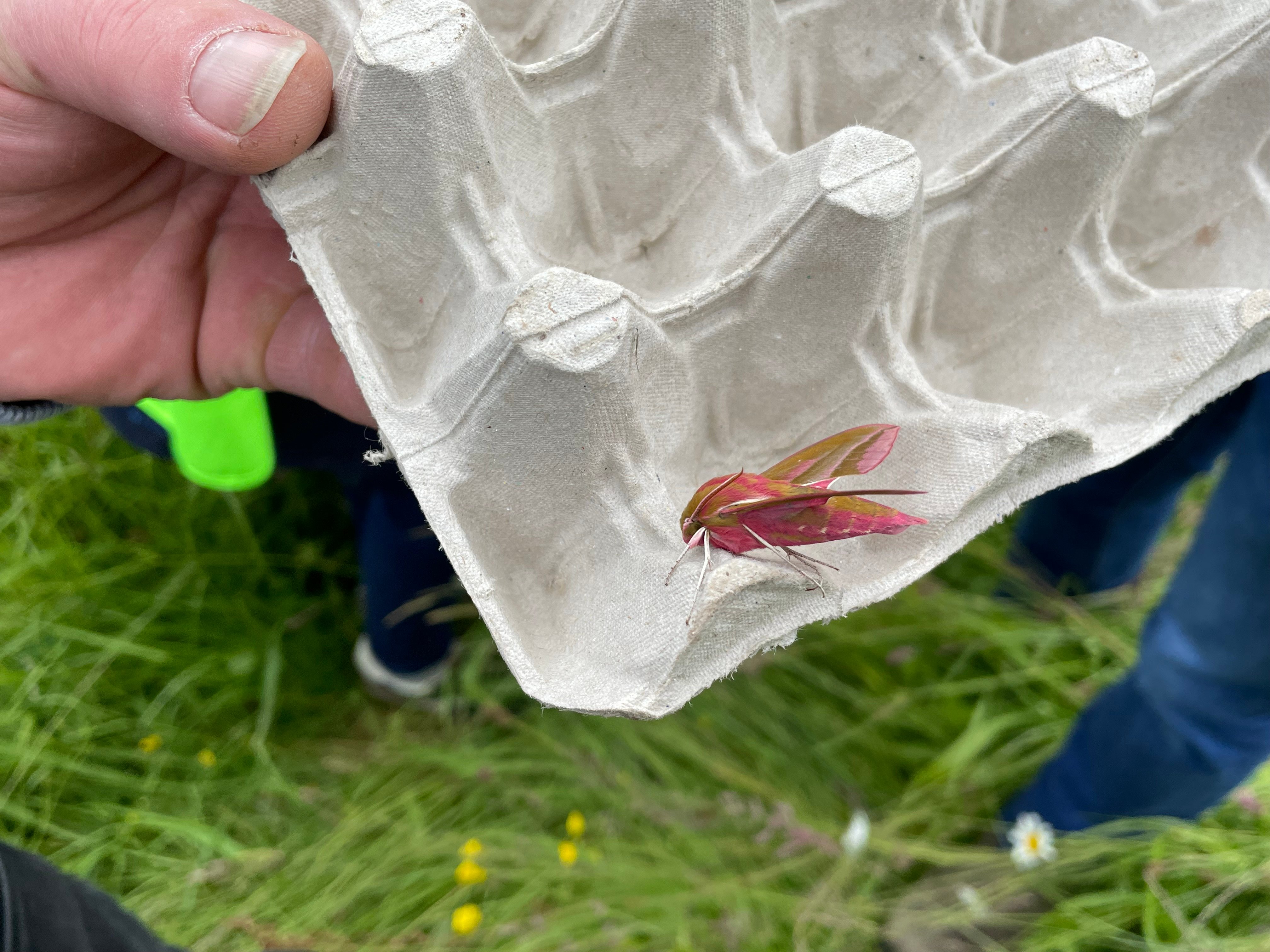
Teagasc's Enda O'Harte gave an overview of the potential for red clover silage to deliver higher performances from livestock during winter housing and the best practice in establishing it.
The event drew to a close with a nature walk through Lakeview Organic Farm's forestry, agro-forestry and along the lakeside.
Teagasc forestry advisor, Kevin O'Connell explained the premiums available for farmers thinking of getting involved in forestry and outlined some of the challenges in the sector.
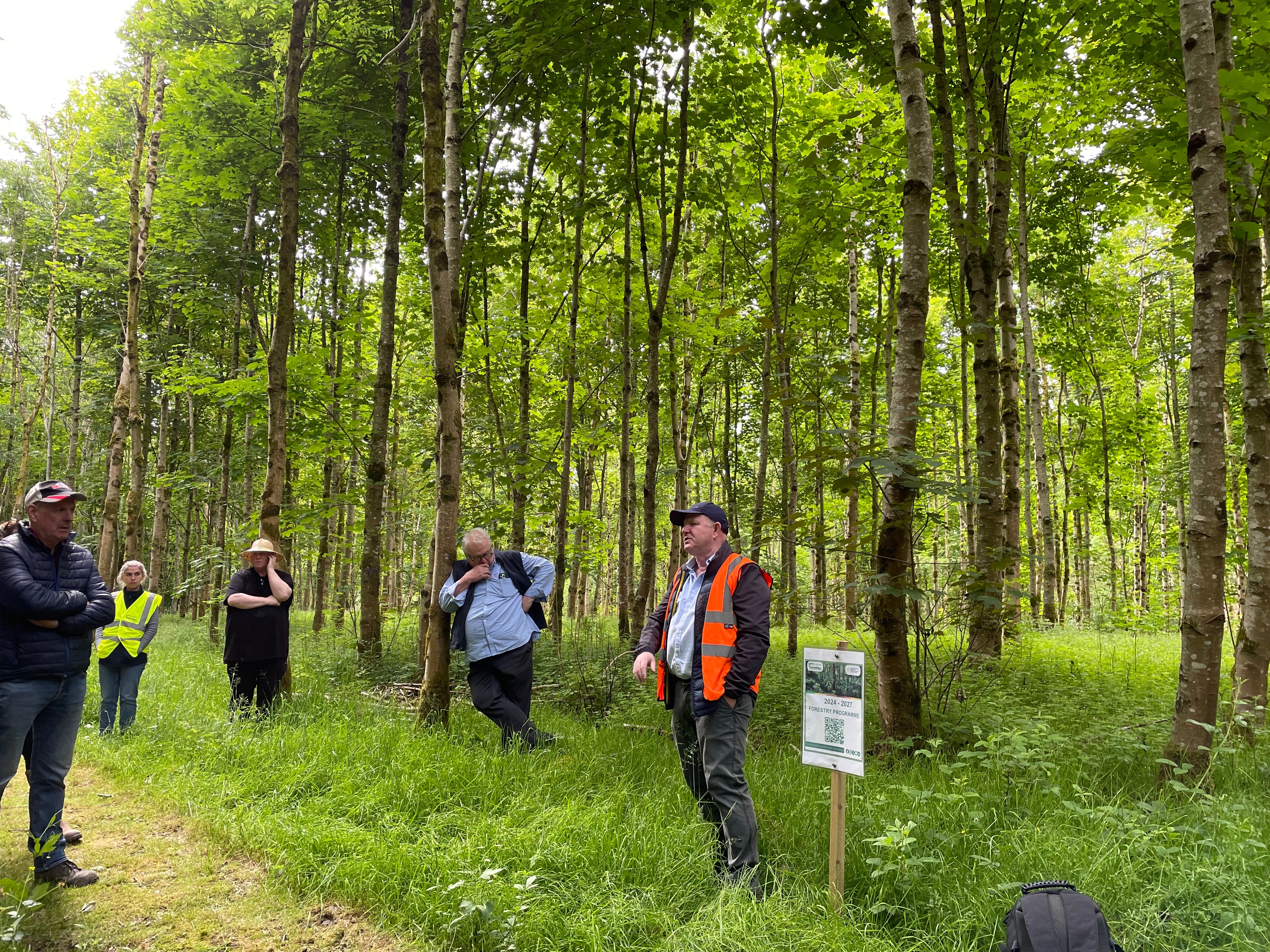
The farm is a classic example how how a livestock farm can operate effectively with a core focus on nature and biodiversity as well as creating and preserving wildlife habitats on the farm.

